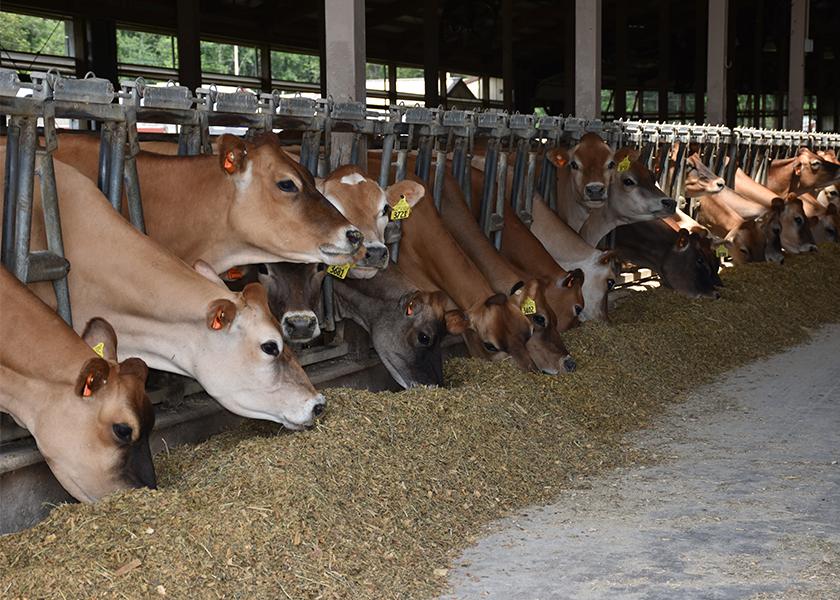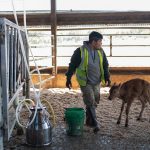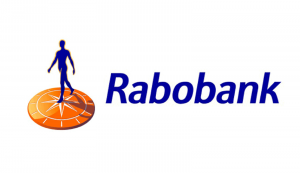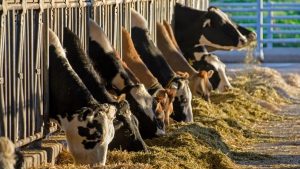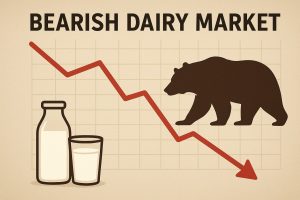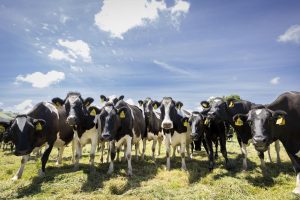
In the ever-evolving marketplace, innovation remains at the forefront of progress. Betty Berning of HighGround Dairy recently joined Chip Flory, host of AgriTalk, to talk about dairy markets and shed light on some crucial developments and revealing trends.
Berning shared that on the heels of last Friday’s Cold Storage Report, she observed several noteworthy changes in market behavior.
“Cheese and butter really were the big movers this [past] week,” she says. “This certainly feels like more of a correction than a fundamental shift in the markets as we look at international prices as well. Those have been holding firm and increasing too. So, it seems like the demand for cheese is decent. We’re just seeing a bit of a step back.”
Berning said that the week ended with butter prices pretty close to the all-time spring high we saw earlier this year.
“There’s not a ton of sellers so sometimes that can create some interesting dynamics,” she says.
Berning anticipates that prices will remain supportive through the summer months, stating there was not a lot to write home about from last Friday’s Cold Storage Report.
“They’ve been really flat the last few Aprils and then you see with grilling season you see demand typically pickup or for cheddar cheese as people want their cheeseburgers when summer hits,” she says. “I would anticipate that things will start to firm up here in the not-so-distant future.”
Milk Production Shows Mixed Results
Berning says the smaller milk production numbers have primarily been driven by a smaller herd size as producers heavily culled cows last year due to phenomenal beef prices.
“It was a way to manage margins at a time of low milk prices,” she notes. “So, we’re paying for that now.”
Although Berning says some state’s milk per cow production numbers were good, like Minnesota, Iowa and Wisconsin.
“Places where Highly Pathogenic Avian Influenza (HPAI) has impacted herds, like Texas and Kansas, we actually saw milk per cow fall from March to April and that’s a-typical,” she says.
Berning also shared with AgriTalk listeners that there is a limited number of heifers available.
“And, they are pretty pricey right now,” she says. “So, what we’ve been noticing since milk prices have started to increase again is that slaughter rates have greatly slowed. We’re seeing what that means is producers are really holding on to the cows that they do have in the herd.”
To listen to the entire conversation between Flory and Berning talk about beef-on-dairy, along with Dairy Revenue Protection and more, click on AgriTalk-May 31, 2024 PM – AgriTalk PM – Omny.fm
You can now read the most important #news on #eDairyNews #Whatsapp channels!!!
🇺🇸 eDairy News INGLÊS: https://whatsapp.com/channel/0029VaKsjzGDTkJyIN6hcP1K
